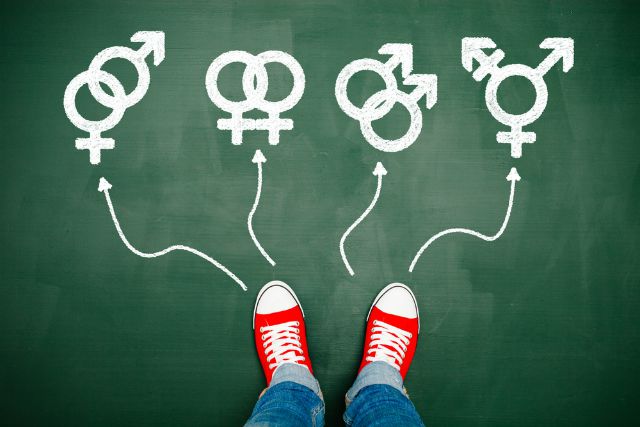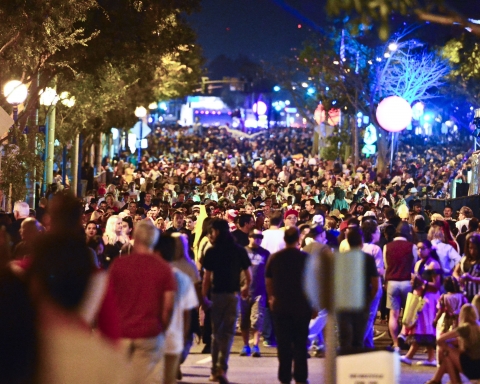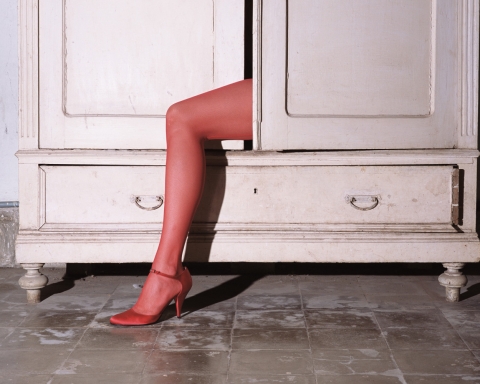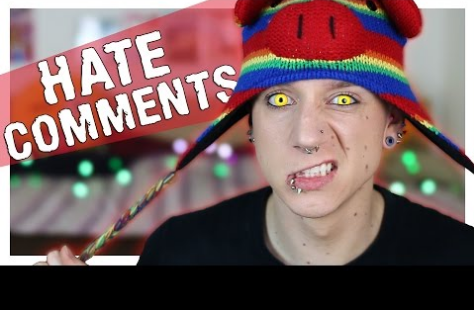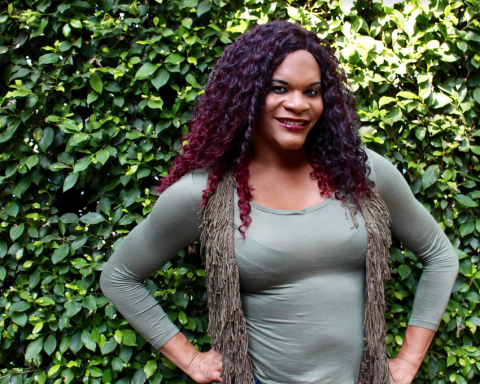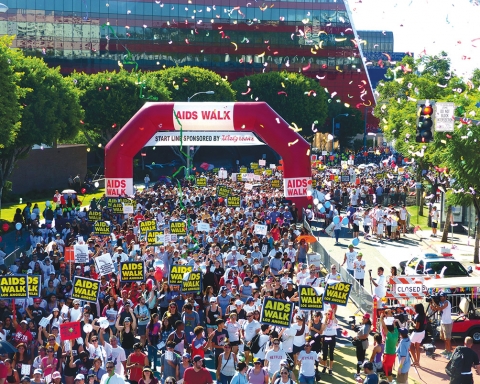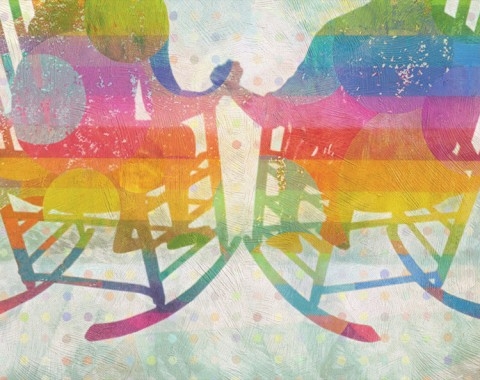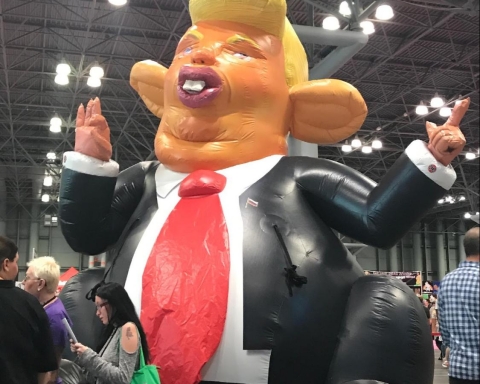We all know what homophobia, the dislike and non acceptance of the gay and lesbian communities, looks like; hate crimes, discrimination in work, marriage, health care, adoption, etc. But one secret of the LGBT community that is rarely discussed among heterosexuals and homosexuals alike is biphobia, the dislike and non acceptance of the bisexual community. Some define “bisexual” as the attraction to both men and women, while some simply label it as an attraction to multiple sexes or genders. Either way, it is no secret, or it should not be a secret, that biphobia has a strong place in the LGBT community as it stands now.
So what does biphobia in the LGBT community look like? It can either be very subtle or very in your face. Subtle things include phrases such as “half gay, half straight” or “He/she used to be straight and now he/she is gay/lesbian.” Other, less subtle aspects of biphobia include blatant discrimination from LGBT organizations, which does occur, refusing to associate with a bisexual person simply because they are not “fully gay or lesbian”, and more. Bisexuals are also often labeled as being “greedy”, “slutty”, or “confused”. They have also often been told to simply “pick one” or “make up your mind”. These phrases are especially hurtful when they come from lesbian and gay communities, who ought to know that one does not simply choose their sexual orientation and that bisexuals cannot just “pick one” and be happy. Bisexual people often face unique challenges when it comes to dating as well. For instance, some gay or lesbian people will refuse to date someone who is bisexual because they used to date someone of the opposite sex or the gay or lesbian partner is afraid that their bisexual partner will leave them for someone of the opposite sex.
Biphobia affects bisexual people in many different ways. One study from the Journal of Bisexuality found that “young bisexual women perceive monosexism and biphobia as significant challenges to their mental health at the institutional, community, interpersonal, and intrapersonal level.” Another report from the Equality Network found that there almost seems to be a lack of a bisexual community and that some respondents only feel comfortable joining bisexual spaces online, where they cannot be identified. Some responses included “Is there a bisexual community?” and “There’s a bisexual community? Where do I sign up?”
I, too, have experienced my fair share of biphobia from both the heterosexual and homosexual communities; being told to “just pick one” and being made to feel that I did not belong. I attended my first pride event this year and, while I thought I could not be more excited, I felt nothing but discomfort as I walked through the festival with my husband (I am a female, physically). We were the only male/female couple that I saw at the event and I got nothing but stares the entire time, almost as if I was not meant to be there at all. This is an important discussion to be had with the entire LGBT community and it needs to start now.
Author: Erika L.
Sources:

